Bacteria Could Aid Search for Creatures On Other Planets
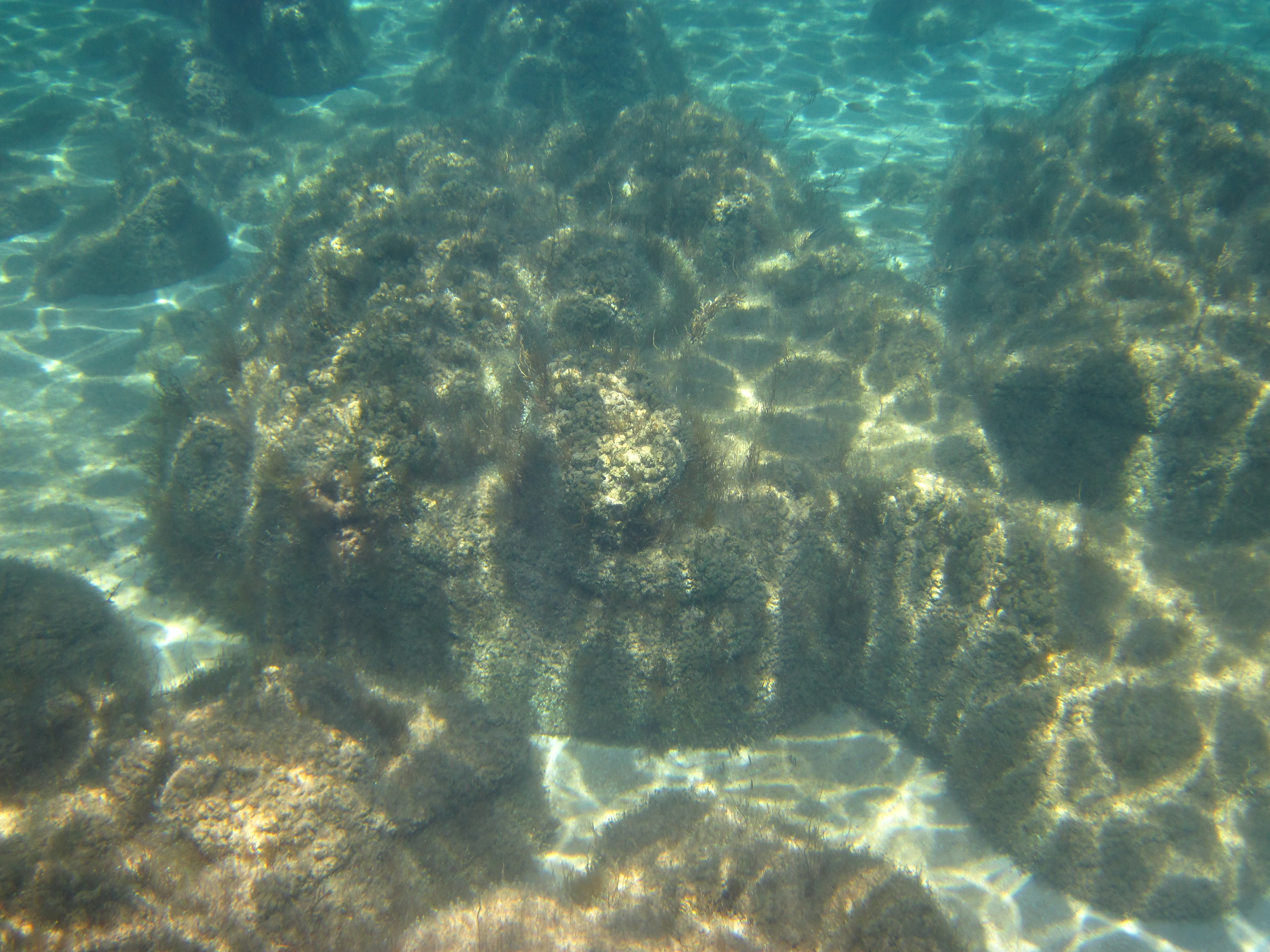
Could there be a way to find bacterial structures on another planet? And if so, how important might these bacteria be in making a planet life-friendly? These are some of the questions that could be answered through studies on stromatolites, which are mounds of calcium-carbonate rock that are built up through lime-secreting cyanobacteria (bacteria that use photosynthesis for energy).
The research into the life-giving potential of these "living fossils" is based on small microbes in Australia, but the results could help us identify fossil evidence of life on other planets, in particular Mars, said Erica Suosaari, a science fellow for Bush Heritage Australia, a non-profit conservation and land management organization. Suosaari is based at Hamelin Station Reserve, Western Australia, a 500,000-acre property that borders one of the world's most diverse and abundant examples of marine stromatolites, the Hamelin Pool Marine Nature Reserve.
"Looking for evidence of life in the rocks is like finding a needle in the haystack," wrote Suosaari in an e-mail. "If stromatolites have definitive bio-signatures — such as self organized morphologies that are indicative of life processes — then it may be possible to look for that 'signature' in rocks on the surface of other planets and significantly reduce the size of that haystack." [10 Exoplanets That Could Host Alien Life]
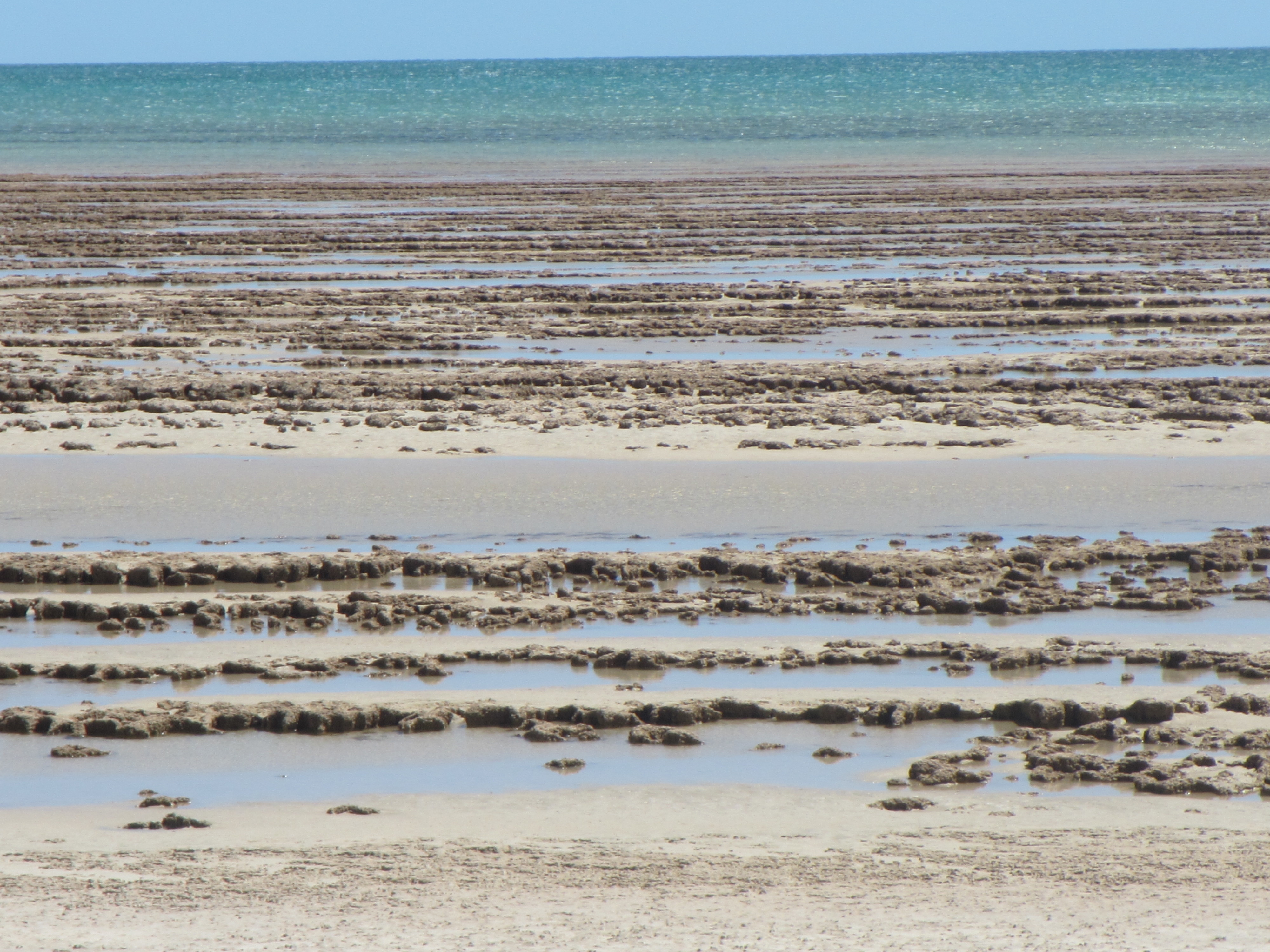
A paper based on Suosaari's research at Hamelin Pool entitled "New multi-scale perspectives on the stromatolites of Shark Bay, Western Australia," was published in the journal Scientific Reports earlier this year.
Funding for the collaborative research was provided by a consortium of oil companies (Chevron, Shell, Repsol and BP) who are interested in modern microbial carbonate environments to develop models for subsurface reservoirs and source rocks. Additional support for genomics analyses was provided by the Exobiology and Evolutionary Biology element of the NASA Astrobiology Program.
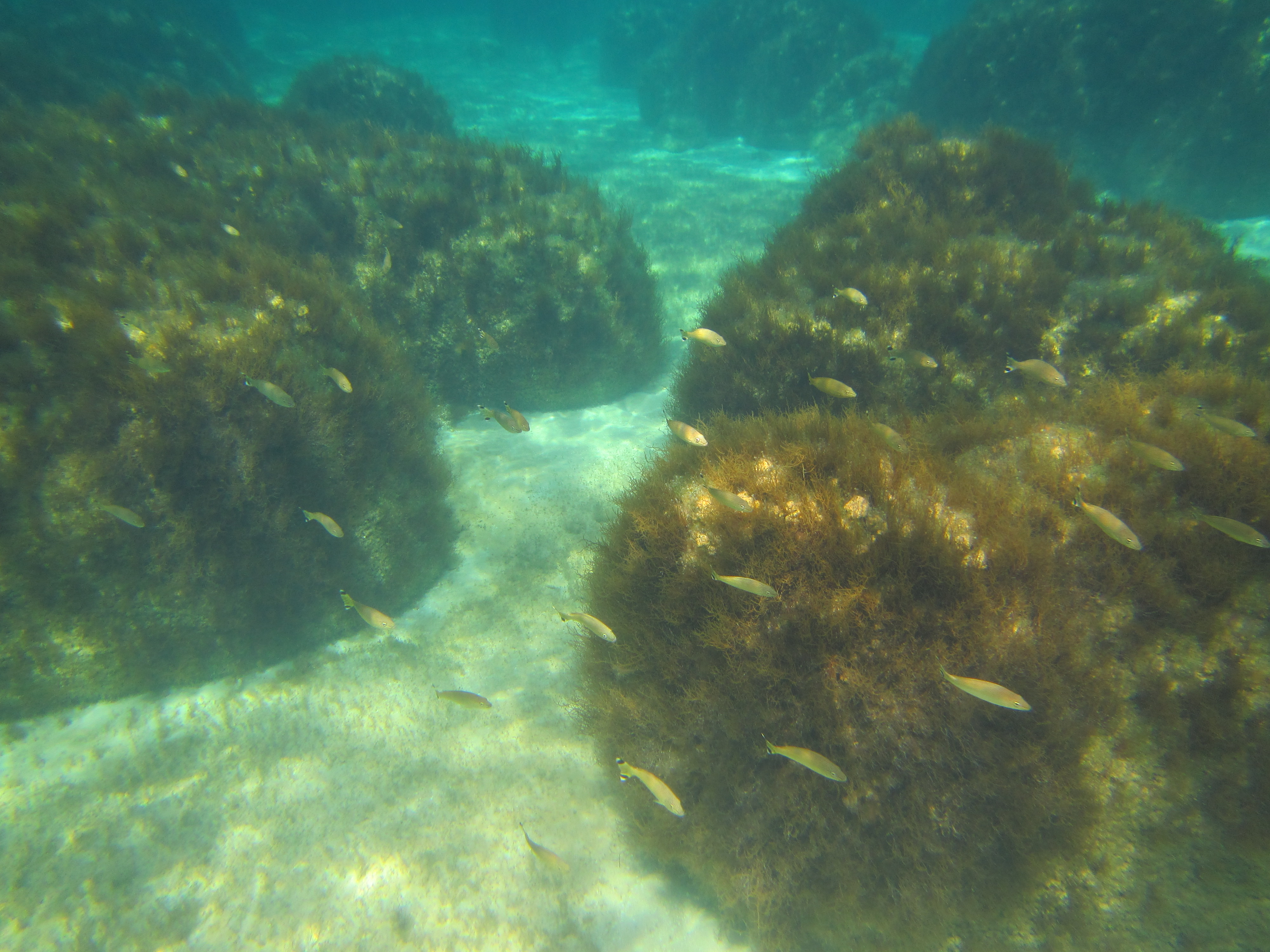
Learning more about ancient structures
On Earth, microbial communities responsible for creating stromatolites were essential in making the planet life-friendly. These stromatolite-forming cyanobacteria were the first living organisms to generate energy from the Sun using photosynthesis while creating oxygen as a byproduct. Over billions of years, cyanobacteria have changed Earth's atmosphere from 1 percent oxygen to more than 20 percent oxygen, a composition that has allowed complex life evolve.
Suosaari's research zeroes in on the stromatolites of Hamelin Pool, the most abundant and diverse modern assemblage of these microbial structures, which dominate nearly the entire 135 km of the coastline. Previous research into stromatolites identified them by the types of microbial mats colonizing the surface of the structure, a direct response of where the stromatolite resides in the tidal zone. Each lamination recorded in the stromatolite is thereby a record of a former surface mat. Her team instead classified stromatolites by their shape, revealing that certain shapes prefer to cluster in certain areas of the pool. Their investigation also showed that modern stromatolites have more in common with ancient stromatolites than previously thought.
Get the Space.com Newsletter
Breaking space news, the latest updates on rocket launches, skywatching events and more!
"Modern marine stromatolites are often regarded as poor analogs of ancient stromatolites as a result of their grainy internal textures, which contrast with the fine grained nature of most ancient stromatolites," Suosaari said.
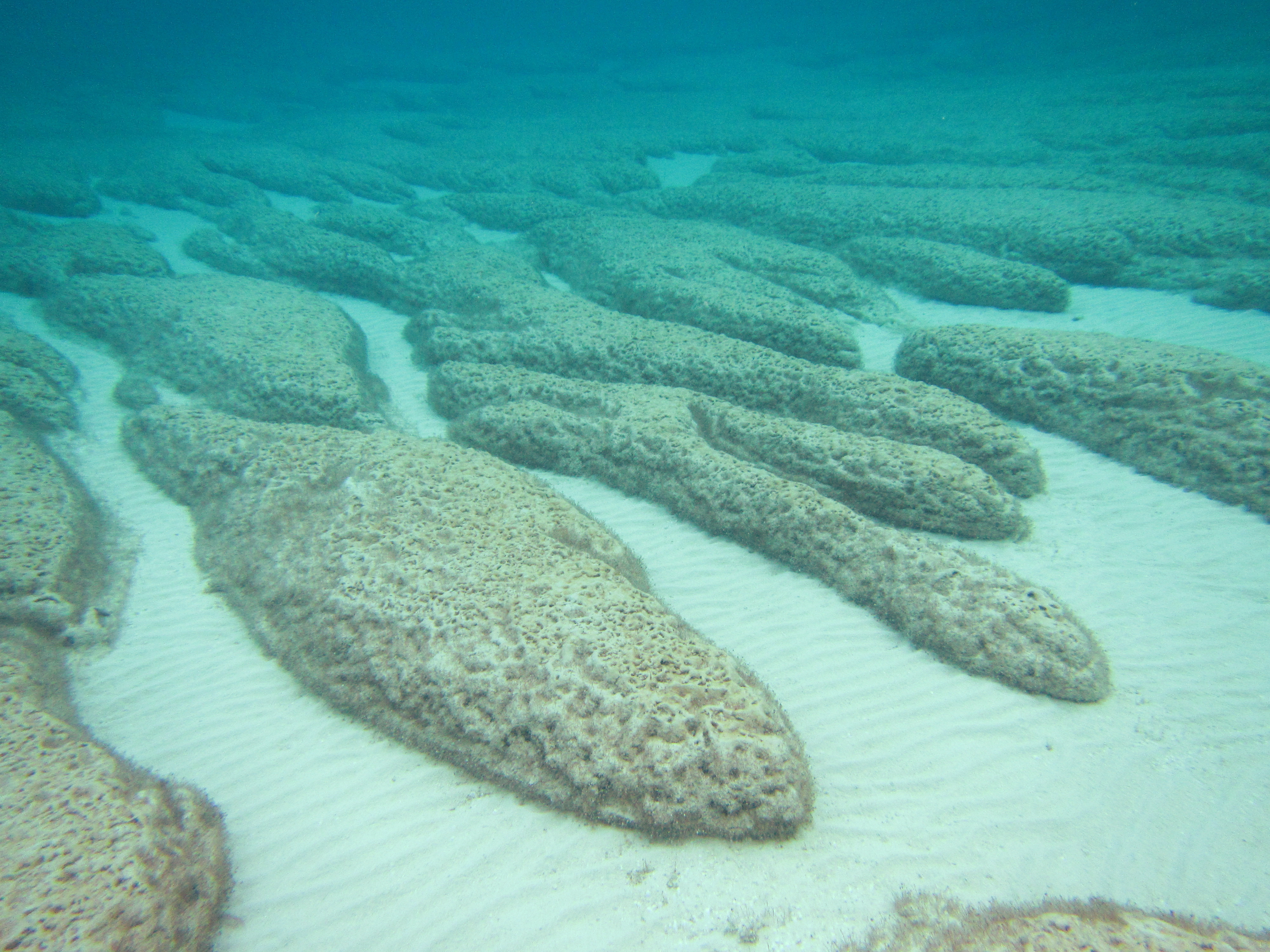
By contrast, her team found out that in Hamelin Pool, the microbial communities commonly produce a fine-grained limestone known as micrite (microcrystalline calcite) creating stromatolite structures that are similar to the ancient stromatolites seen in the fossil record.
Furthermore, the stromatolite types in Hamelin Pool are dominated by a coccoid cyanobacterium that traces its lineage back 2 billion years to an ancient form of this cyanobacteria, called Eoentophysalis. This provides yet another similarity back to ancient times, Suosaari said. This means that standing along the shorelines of Hamelin Pool and gazing out onto the stromatolites, we are essentially looking through a window to early Earth at microbes of the same ancient lineage, pumping out oxygen and continuing to undertake processes that have been happening for billenia. There is not another place on the planet where this can be observed at such a scale.
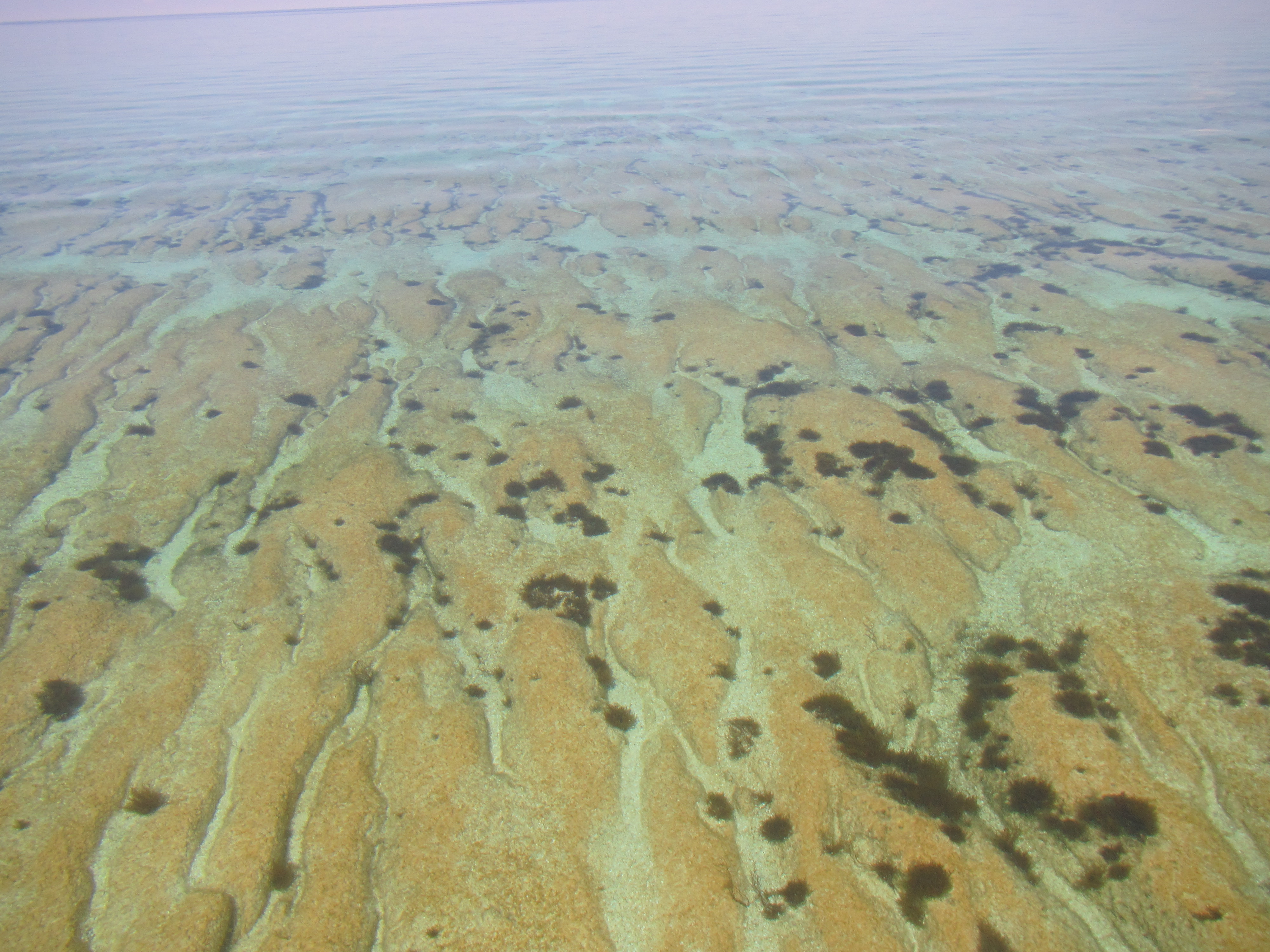
Applications for Mars
The stromatolites studied were in a small region of Australia, but Suosaari said that as a whole, similar microbial communities could potentially be exported to other places — such as Mars — to make other locations in the Solar System more life-friendly to humans.
Suosaari said she thought of stromatolites when reading about SpaceX founder Elon Musk's plans to bring life to the planet Mars. She suggested that because these stromatolite-building microbial communities produce oxygen, they could potentially make the Red Planet more life-friendly.
"Obviously with Elon Musk's plans, we don't have billions of years to shape the atmosphere if he is planning to move life there in the coming years, and Mars has less than 1 percent of the atmosphere of Earth," she acknowledged. "But I begin to think about photosynthesizing microbial mats and how they have prevailed for billions of years; it's a kind of resilience and longevity that our species hasn't yet achieved. Perhaps we should look to these microbial communities to generate oxygen on the Red Planet at a small scale."
This story was provided by Astrobiology Magazine, a web-based publication sponsored by the NASA astrobiology program. Follow Space.com @Spacedotcom, Facebook and Google+.
Join our Space Forums to keep talking space on the latest missions, night sky and more! And if you have a news tip, correction or comment, let us know at: community@space.com.

Elizabeth Howell (she/her), Ph.D., was a staff writer in the spaceflight channel between 2022 and 2024 specializing in Canadian space news. She was contributing writer for Space.com for 10 years from 2012 to 2024. Elizabeth's reporting includes multiple exclusives with the White House, leading world coverage about a lost-and-found space tomato on the International Space Station, witnessing five human spaceflight launches on two continents, flying parabolic, working inside a spacesuit, and participating in a simulated Mars mission. Her latest book, "Why Am I Taller?" (ECW Press, 2022) is co-written with astronaut Dave Williams.










